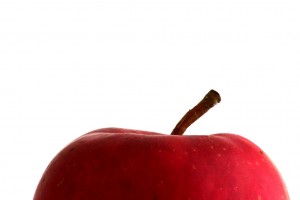-
vvvv is a toolkit for real time video synthesis. It is designed to facilitate the handling of large media environments with physical interfaces, real-time motion graphics, audio and video that can interact with many users simultaneously.
vvvv uses a visual programming interface. Therefore it provides a graphical programming language for easy prototyping and development.
vvvv is real time. where many other languages have distinct modes for building and running programs, vvvv only has one mode – runtime.
vvvv is free for non-commercial use. Commercial use requires a license. Get the latest version from the Download section.
-
A 3D game engine for livecoding worlds into existence.
Fluxus is a rapid prototyping, playing and learning environment for 3D graphics, sound and games. Extends PLT Scheme with graphical commands and can be used within it’s own livecoding environment or from within the DrScheme IDE.
Fluxus is crossplatform (Linux, Windows, OSX), and is released under the GPL licence.
-
A collection of visualizations that clock in under 200 characters.
-
A real time audio synthesis programming language
-
Cool livecoding demo videos. The music for "Day of the Triffords" is actually really nice!
-
Generative music in a livecoding environment. Uses Scheme in something called impromptu ( the livecoding environment).
Monthly Archives: April 2010
I am eating an apple
 I am eating an apple right now, and it is delicious. Continue reading I am eating an apple
I am eating an apple right now, and it is delicious. Continue reading I am eating an apple
Project Idea: Render Images with Dice Rasterization
This great video by Fujiya & Miyagi inspired me:
Why not write a Processing sketch that will take an image and render it in dice? It might be fairly easy:
Divide the image into square sections.
Calculate the average brightness of that square – like I did in my engraving sketch. 1
That average brightness should fall in one of six or 12 levels of brightness.
Choose a die face that matches that brightness level.
Paste that image into the image.
Done!
What could you do with that? You could produce a print. You could use it as a guide for actually laying out the dice and putting them in a frame – or using them to print letterpress style.
When you get into the physical dice, laying them out gets tedious. The next big step would be to have an arduino system 2 that picks up dice and places them for you.
You could offer physical pieces for sale.
links for 2010-04-09
-
Interesting tool – Jesse might use this.
Project Idea: Rasterbator in Processing or Java
I looked through the code for the awesome Rasterbator, and I think it could be pretty easily converted to Java/Processing. Continue reading Project Idea: Rasterbator in Processing or Java
links for 2010-04-07
-
Nice – a good way to clean up the epubs you make with calibre.
Judge Droid lays down the law
I couldn’t help it. I got excited about Silent Night and Droid Tracks, and then remembered how much I love Locale.
I had to do this, and the android scripting environment made it too easy.
Here comes Judge Droid – he makes your phone obey the rules.
Continue reading Judge Droid lays down the law